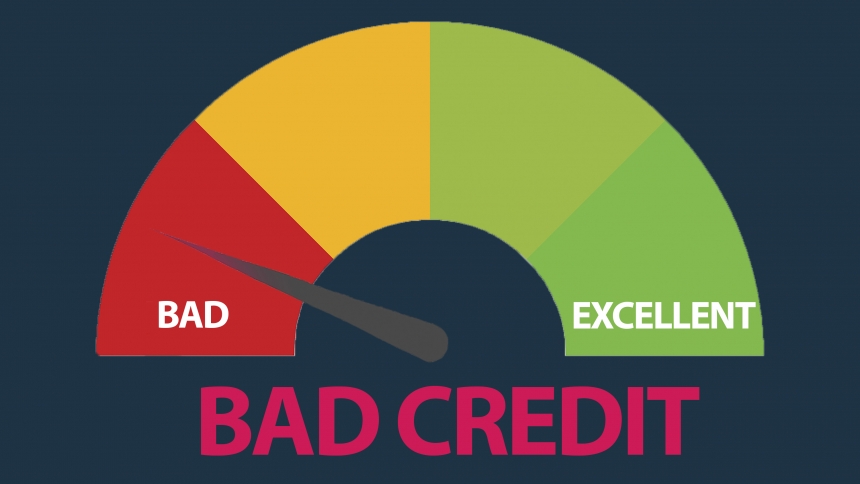The Buy Now Pay Later (BNPL) market has increased dramatically in the UK. It is up by 53% since 2021 for those struggling to find credit in the traditional market. While we have seen growth in BNPL transactions, there is a more deep-seated issue in the UK.
UK nonprime lending market
A report in the Financial Times has cast a less compelling light on the nonprime lending market. While many of us focus on the ease of access to BNPL services, more and more people are being pushed in the direction of high-interest lenders. Data shows that the UK nonprime lending market, accommodating those with below-average credit scores, has fallen by a third since 2019.
This is a significant drop. Not only does it limit the amount of credit available to those with low credit scores, but it also reduces competition in the sector. As competition reduces, the remaining companies can enhance their margins, making credit even more expensive.
Use of Buy Now Pay Later services
When looking at the Buy Now Pay Later market, it’s interesting to look at the statistics. As we mentioned above, there has been a 53% jump among those effectively locked out from the traditional lending market who are now using BNPL services. We also have two more very telling statistics:-
- One in three people with access to regulated loans use BNPL services
- One in two people without access to regulated loans use BNPL services
Research also shows that around one in five of those struggling to find credit via the traditional route already had credit card/loan arrears before using the BNPL option. Against this background, it is not difficult to see further growth in BNPL finance in the UK.
Impact on vulnerable consumers
Many of us automatically assume that BNPL credit is relatively small and “easy to pay off”. However, this is not necessarily true. A mix of high-cost credit for those with challenging credit ratings and the constant use of BNPL finance impacts long-term financial stability and physical and mental well-being. There are serious concerns that many people are now trapped in a debt cycle. Which is only likely to get worse in the short to medium term.
As many people look to repair their credit ratings, often forced to take on high-interest credit cards in the short term and struggling with repayments, they will likely have seen an increase in interest rates in recent weeks. This is despite expectations that the Bank of England is on the verge of reducing UK base rates. How can that be?
Failure to join the regulatory dots
One thing becoming apparent, whether looking at credit cards, unregulated lending or Buy Now Pay Later, is a perceived failure by the regulator. The clampdown on payday lending was perfectly legitimate. However, this led to a significant reduction in available finance for those who were struggling. Unfortunately, a growing number are now looking towards the unregulated market. Even though BNPL services will soon be fully regulated, there are still significant gaps in overall protection.
Increase in illegal lending
One of the more alarming statistics from a recent report is the suggestion that more than 3 million people in the UK may have borrowed from illegal lenders over the last three years. There is undoubtedly a need for regulatory change. A means of adding more structure to the lending market for those with chequered financial histories. While Buy Now Pay Later options may fill a short-term void, this is not a long-term solution. Literally living hand to mouth.
Summary
We have been promised that BNPL regulations are in the pipeline on more than one occasion recently. While this is certainly a more structured approach to debt management, it is still relatively costly if you miss payments. Probably best described as kicking the can down the road, i.e., building up payments for tomorrow. However, among all the statistics and comments, suggestions that over 3 million people have approached illegal lenders within the last three years are frightening.



